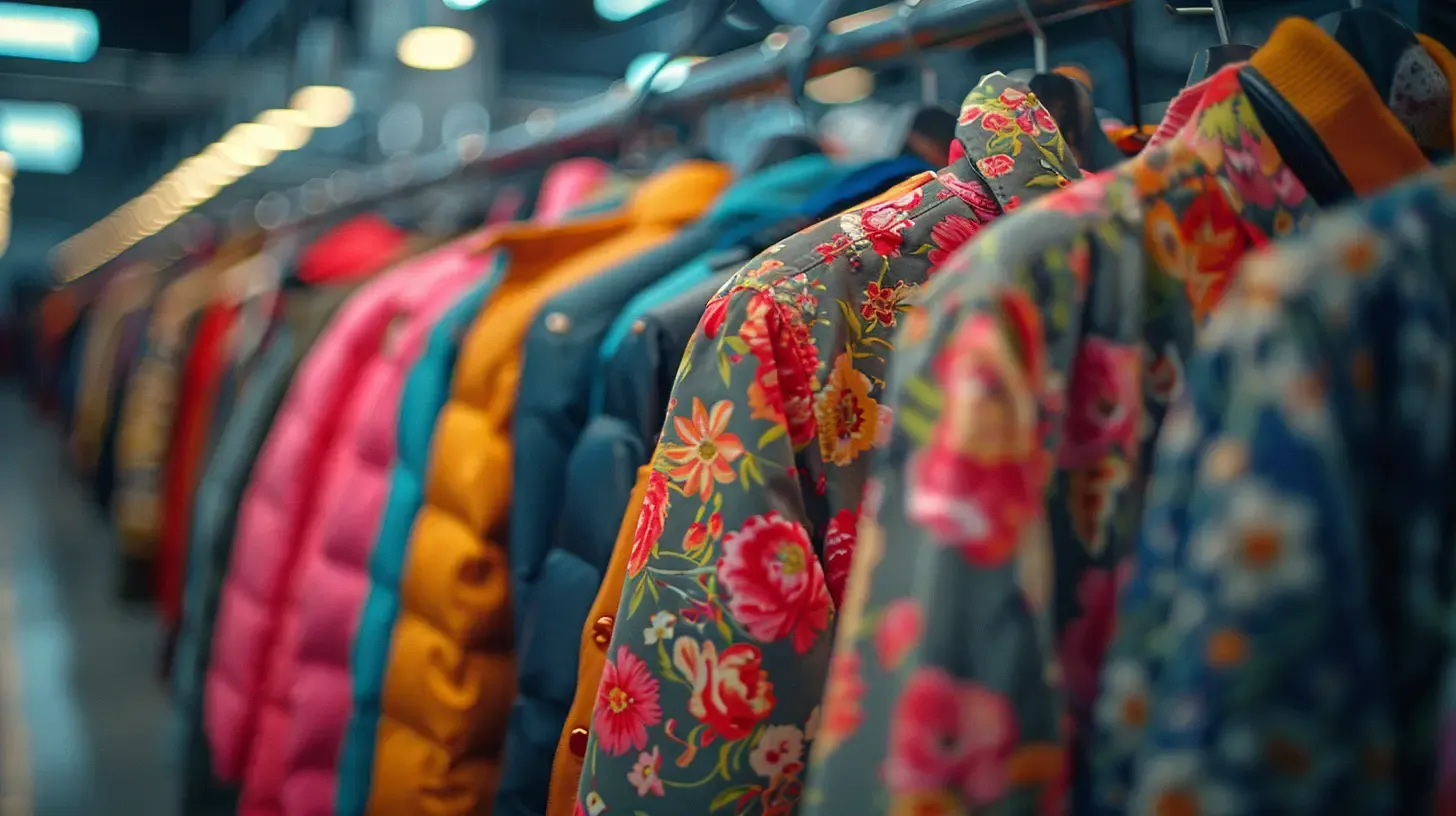20 February 2024
Sustainability in Fashion: Moving Towards an Eco-Friendly Industry.

Press the play button in the top right corner to listen to the article
The fashion industry stands at a critical juncture, facing increasing scrutiny over its environmental impact and sustainability practices. As one of the world's largest polluters, the sector is under pressure to adopt more eco-friendly and sustainable practices. This article delves into the transformative journey of the fashion industry towards sustainability, exploring innovative approaches, challenges, and the potential for a greener future.
The Environmental Footprint of Fashion
The fashion industry is notorious for its substantial environmental footprint, characterized by excessive water usage, pollution, and waste production. The production of textiles consumes vast amounts of water, while dyeing and treatment processes release harmful chemicals into water bodies, contributing to pollution. Additionally, the industry's reliance on fast fashion exacerbates the problem, leading to massive quantities of waste as consumers discard clothes at an alarming rate.
Innovations Leading the Way
In response to these challenges, the industry is witnessing a surge in innovation aimed at reducing its environmental impact. Sustainable materials such as organic cotton, recycled polyester, and alternative fabrics made from algae or agricultural waste are gaining traction. These materials not only minimize the use of natural resources but also reduce pollution levels.
Moreover, technological advancements such as 3D printing and digital sampling are revolutionizing the design and production processes, significantly cutting down waste and energy consumption. The rise of circular fashion models, emphasizing the reuse, recycling, and repurposing of garments, further underscores the industry's shift towards sustainability.
Consumer Awareness and Demand
A pivotal factor driving the industry's transformation is the growing consumer awareness and demand for sustainable fashion. Today's consumers are more conscious of their environmental impact, seeking transparency and sustainability in their fashion choices. This shift in consumer behavior is compelling brands to adopt more responsible practices, from sourcing eco-friendly materials to implementing ethical labor practices.
Challenges and Opportunities
Transitioning to a sustainable fashion industry is fraught with challenges, including the higher costs of sustainable materials, the need for technological innovation, and the difficulty of changing established industry practices. However, these challenges also present opportunities for brands to differentiate themselves in a competitive market, innovate, and build brand loyalty among environmentally conscious consumers.
The Road Ahead
The journey towards a sustainable fashion industry is ongoing, requiring the collective efforts of brands, consumers, policymakers, and innovators. While significant challenges remain, the increasing focus on sustainability signals a promising shift towards a more responsible and eco-friendly industry. As we move forward, it is crucial for all stakeholders to collaborate in fostering a culture of sustainability that transcends the fashion industry, contributing to a healthier planet for future generations.
The content, including articles, medical topics, and photographs, has been created exclusively using artificial intelligence (AI). While efforts are made for accuracy and relevance, we do not guarantee the completeness, timeliness, or validity of the content and assume no responsibility for any inaccuracies or omissions. Use of the content is at the user's own risk and is intended exclusively for informational purposes.
#botnews















































































